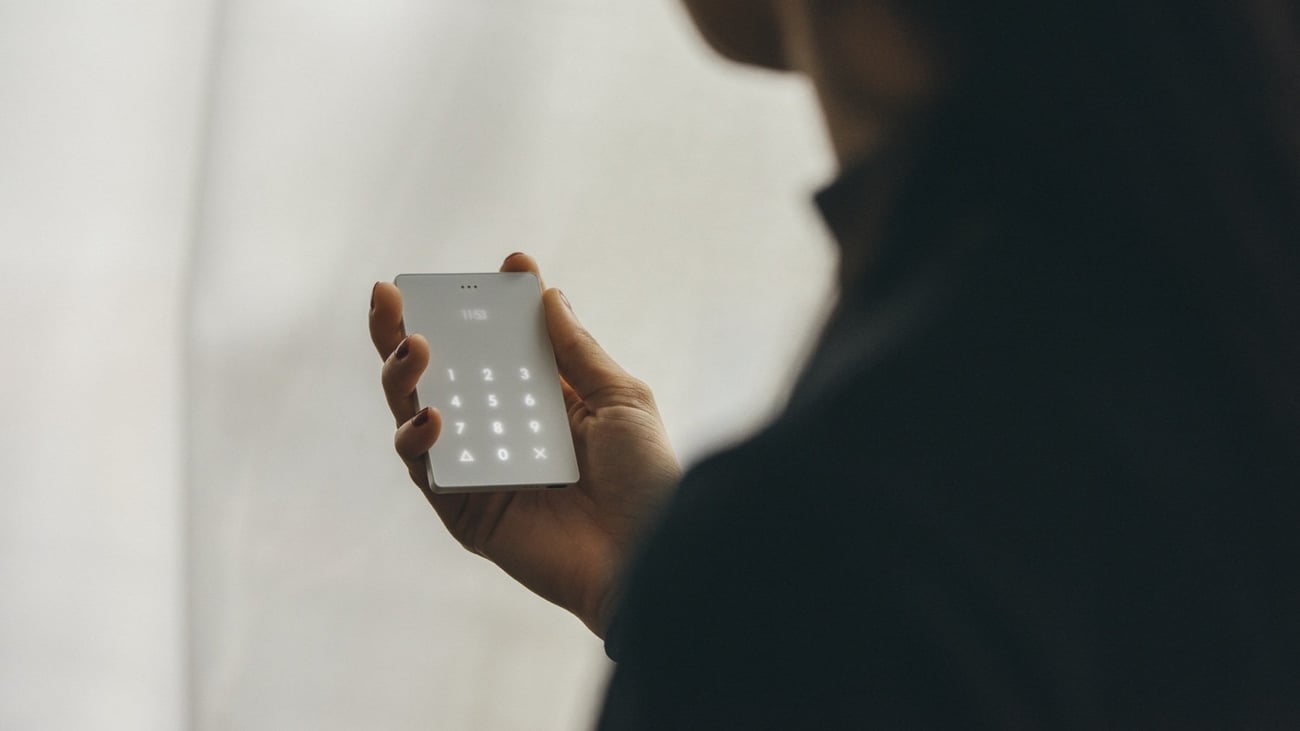The future of business, technology and design: designers pick their top trends for 2019

The seven trends are:
- Silence is Gold: Feeling overwhelmed has become a health issue. By embracing mindful design, brands must find ways to make themselves heard by consumers who crave quiet in a noisy world.
- The Last Straw?: Enough talk. People expect products and services to have built-in sustainability, or they’ll reject those that don’t.
- Data Minimalism: People and organisations disagree on the value of personal data. Is transparency the key to bridging the gap?
- Ahead of the Curb: From electric scooters to drones, urban mobility has turned cities into free-for-alls. It’s time to combat the clutter with unified ecosystems that meet real-time needs.
- The Inclusivity Paradox: 2018 was a wake-up call to listen to a variety of voices. But how do we design for all without inadvertently excluding others? Stop thinking of people as types and start adopting a mindset mentality.
- Space Odyssey: Work and retail spaces need a digital makeover. It’s time to rethink our approaches and tools for designing spaces.
- Synthetic Realities: We live in a new world in which reality is crafted and synthetic. With face-swapping and voice simulation creating more believable synthetic realities, companies must work out how to capitalise on it — and manage risk.
The report says these trends are a result of people facing an explosion of digital clutter due to years of rapid growth in technology and innovation that has put a strain on people’s time and attention.
Whereas previously people craved novelty, excitement and instant gratification, in 2018, alerts, notifications and voice services directed attention towards a fear that this tech could have a lasting negative influence on mental health.
The first ever Global Ministerial Mental Health Summit was held and discussed ways to address the damaging impact of digital, while the tech industry faced increasing backlash.
Because of this, consumers are rethinking what they really want from businesses in terms of values as they are now craving quiet and meaning in an increasingly noisy world, forcing businesses are doing some soul-searching to meet these needs.
The report says a fundamental re-examination of what people want and value is ushering in a new design ethos that puts human value back at the centre of innovation.

The last straw: people expect products and services to have built-in sustainability, or they’ll reject them. Visual representation of the types of waste that plague our oceans by Making Oceans Plastic Free.
Accenture interactive lead for New Zealand Ben Morgan says digital is facing a spring cleaning, as people are deciding whether businesses or products still add relevance and value to their lives.
“Digital is now so widely adopted that its novelty has worn off,” he says. “In their attempt to declutter, people are being more selective about which products and services they incorporate into their daily lives, choosing to disconnect, unsubscribe or opt-out if the value exchange is not mutual. Never before has the responsibility of design been more important.”
This mindset shift has major implications for organisations and for the customer experience, says the report.

Synthetic realities: CGI-generated character “Lil Miquela” has 1.5 million followers on Instagram.
Morgan says the winning companies in 2019 will be companies that add value and relevance to not only individuals, but also to the world.
“Value creation will not come from simply growing bigger, but by being better. Consistent with our mission to create, build and run the best customer experiences for our clients, we believe this year’s trends support our guiding principle that the best experiences are those that make people’s lives better, more productive, and more meaningful.”
The report, Fjord Trends 2019, draws upon the collective thinking of Fjord’s more than 1000 designers and developers in 28 studios around the world. The annual report is based on first-hand observations, evidenced-based research and client work.
To read the full report, head here.




